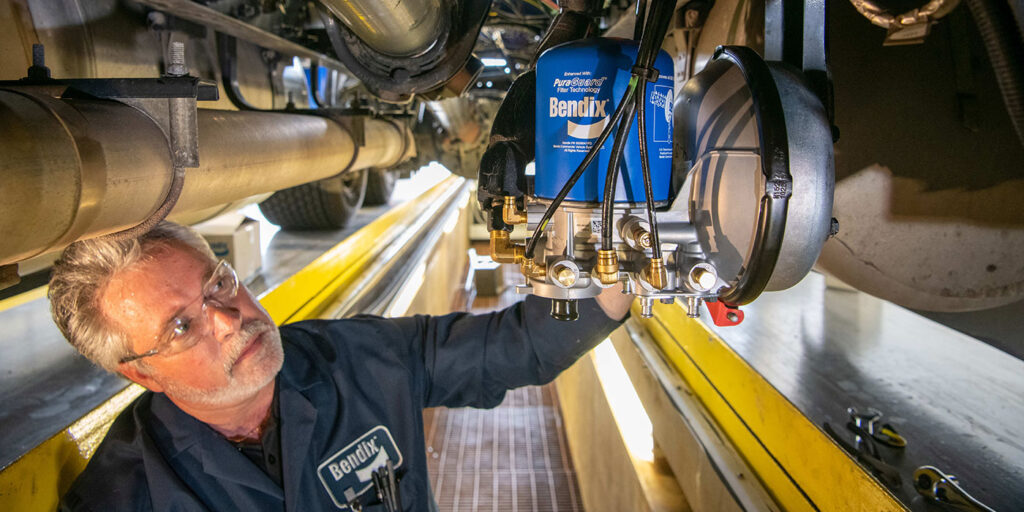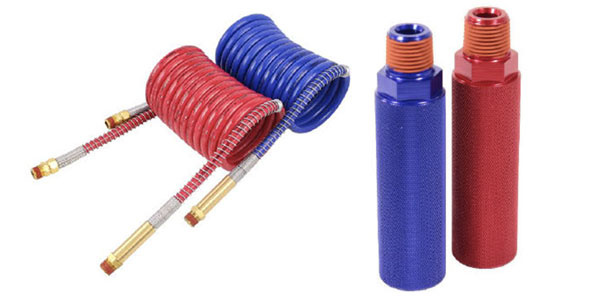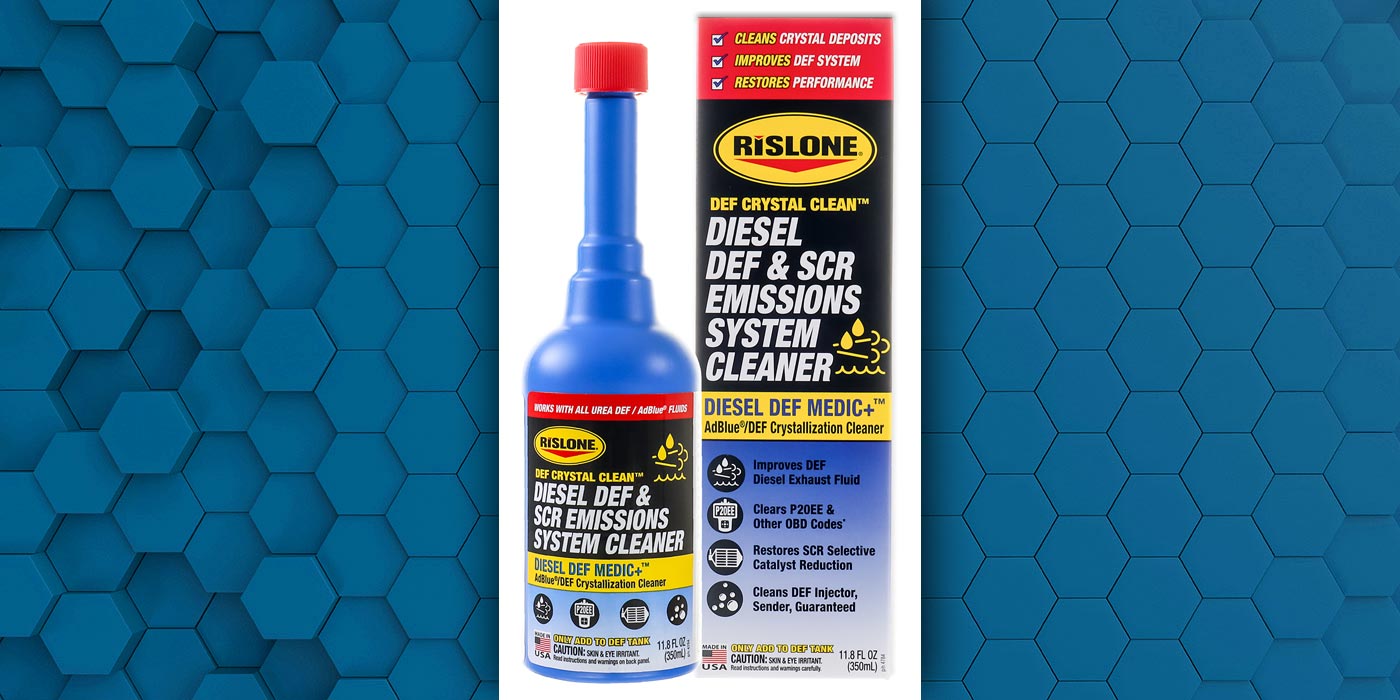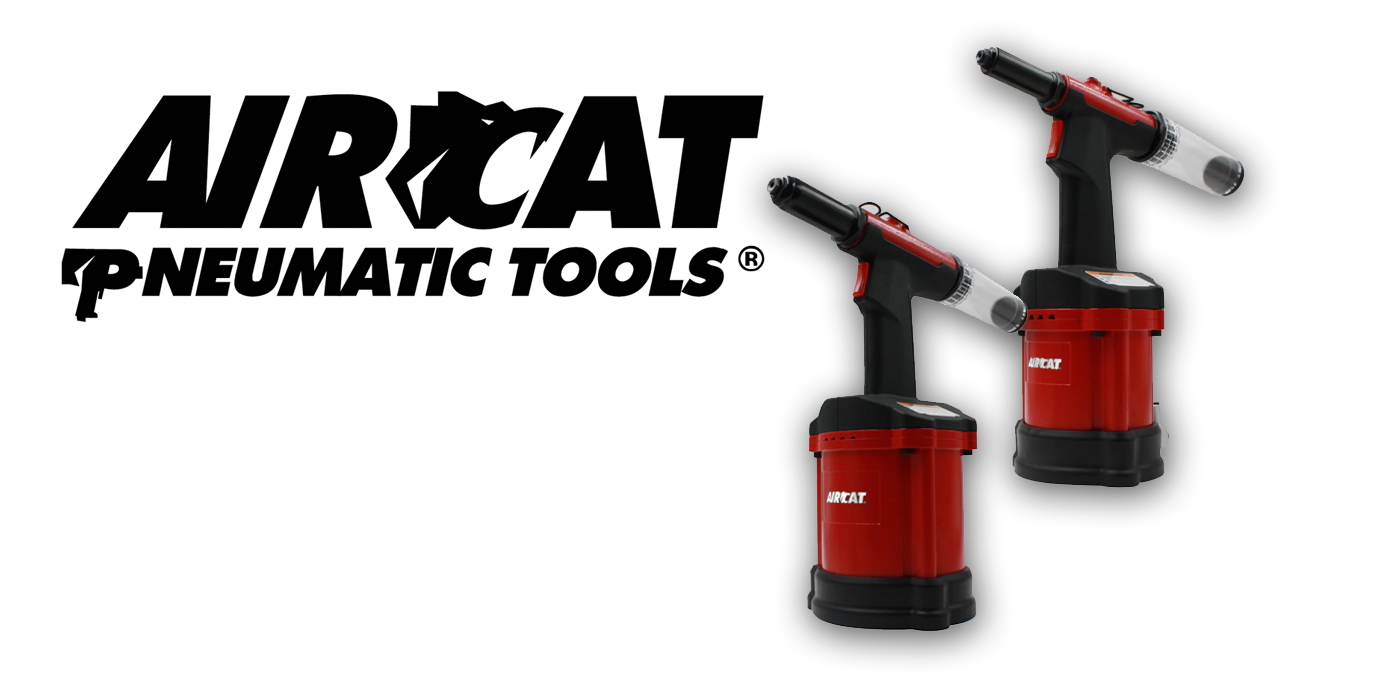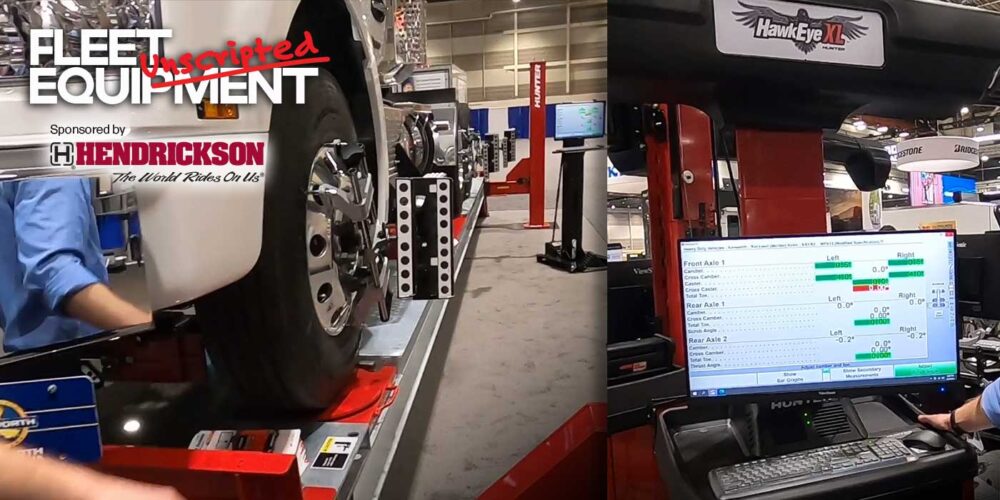Let’s talk about air lines—and no, I don’t mean Delta or United. It’s that sometimes overlooked but important component of your truck—one that becomes especially vital to keep in good shape as winter rapidly approaches. Winter weather effects on air lines can hurt the truck’s brake system performance, which also puts the truck at risk of a CSA violation. Simply put: you don’t want these things to freeze.
The No. 1 issue faced by air lines, according to Rich Nagel, Bendix director of marketing and customer solutions, air supply and drivetrain, is moisture in the air system.
“Moisture is a problem at any temperature,” he elaborates, “but in cold weather, the condensed water can freeze, increasing the chance of malfunctions in brakes and valves. When the compressor draws in air, it also brings in moisture and pumps both into the air dryer, which has the job of preventing that moisture from going further. If the moisture makes it past the dryer, then it can condense inside the air tanks and find its way into the rest of the braking system, where it can freeze.”
For this reason, Nagel says, air dryers have become increasingly critical.
“They protect not just braking systems, but the full range of components that use compressed air to help control things like automated manual transmissions, emissions controls and other automated functions,” he says.
“Winter conditions, however, can adversely affect the truck’s air system in a number of ways. One is trapped water, which can freeze and prevent valves from functioning properly. Another is the stress of freeze-and-thaw cycles, which creates additional strain on components. A third is the chemicals applied to roads, which can corrode the dryer’s housing, the purge valve and pneumatic fittings.”
As Phillips Industries wrote in a recent Tech Tip: “For safety, and per SAE regulations, air lines need to be able to stretch and recoil properly. When air lines can stretch to a proper working length, force on the coupled gladhands is avoided. When they recoil properly they remain off the deck plate.”
If temperatures are too cold and drop below a coiled air line’s working temperature, the air lines can lose their ability to stretch or recoil, the Tech Tip went on.
“If air lines lose their ability to stretch, force is applied to the gladhands and can separate or even completely pull away, causing a loss in air pressure to the brake system. Inflexibility in air lines can also cause kinking, which can block air to the brake system as well as permanently damage air lines,” Phillips said.
“If air lines are over-extended in extreme cold, they can fail to recoil back to their original state and sag. This creates the potential for damage due to dragging on the deck plate. In very extreme cases, tubing can crack and/or even come apart at the fitting. Air lines are also susceptible to damage when gladhands freeze together. If an air coil does not have grips, a driver may place too much force on the lead when pushing down or pulling up when trying to uncouple the gladhands. This can create kinking and even possible chafing on the tubing.”
Three preventative maintenance steps
You might be wondering, how can I prevent this? The good news is that there are a variety of preventative maintenance steps you can take, both in the winter and beforehand, that can alleviate this issue.
According to Phillips, one solution would be to use air lines that are made specifically for severe weather conditions, which are able to remain flexible in extreme cold. Another protective measure would be to select air lines with grips or easily add gladhand extension grips to your existing assemblies. Extension grips provide better leverage to help prevent applying too much force when coupling and uncoupling.
Bendix’ Nagel recommends focusing on three steps:
- Replace air dryer cartridges every autumn. “Equipping an air dryer with a high-quality original equipment, manufacturer-supplied cartridge is one of the simplest and most cost-effective steps to help keep moisture out of an air system,” Nagel says. “Bendix recommends oil-coalescing cartridges like the PuraGuard, since oil aerosols passed into the system can be particularly harmful to pneumatic controls.”
- Manually drain the air tanks. You should do this periodically, based on the truck’s air usage. “Manually draining water trapped in the tanks is a fail-safe method of removing it from the system and is an indication of how well the air dryer is functioning,” Nagel says. “We recommend draining the tanks up to once a month for vehicles with high air demand or every three months for a typical line haul truck.”
- Check the dryer’s purge valve for corrosion or grit accumulation. You should replace it if necessary. “Corrosive road chemicals can damage the purge valve and the area around the air dryer where the valve is mounted. Putting in a new one as a safeguard is a relatively quick and simple bit of preventive maintenance,” Nagel says.
Sometimes, despite best efforts, parts of a vehicle’s air system will freeze, he adds.
“Avoid using alcohol or similar de-icing solutions because they can remove lubrication inside brake valves and can degrade O-rings and valve seals,” Nagel recommends. “If you must take this drastic measure, then try to determine the precise location of the freeze-up and limit application to that area—this will help minimize potential exposure to other areas of the air system. Also check the brake system and replace any valves that are sluggish or malfunctioning.”

